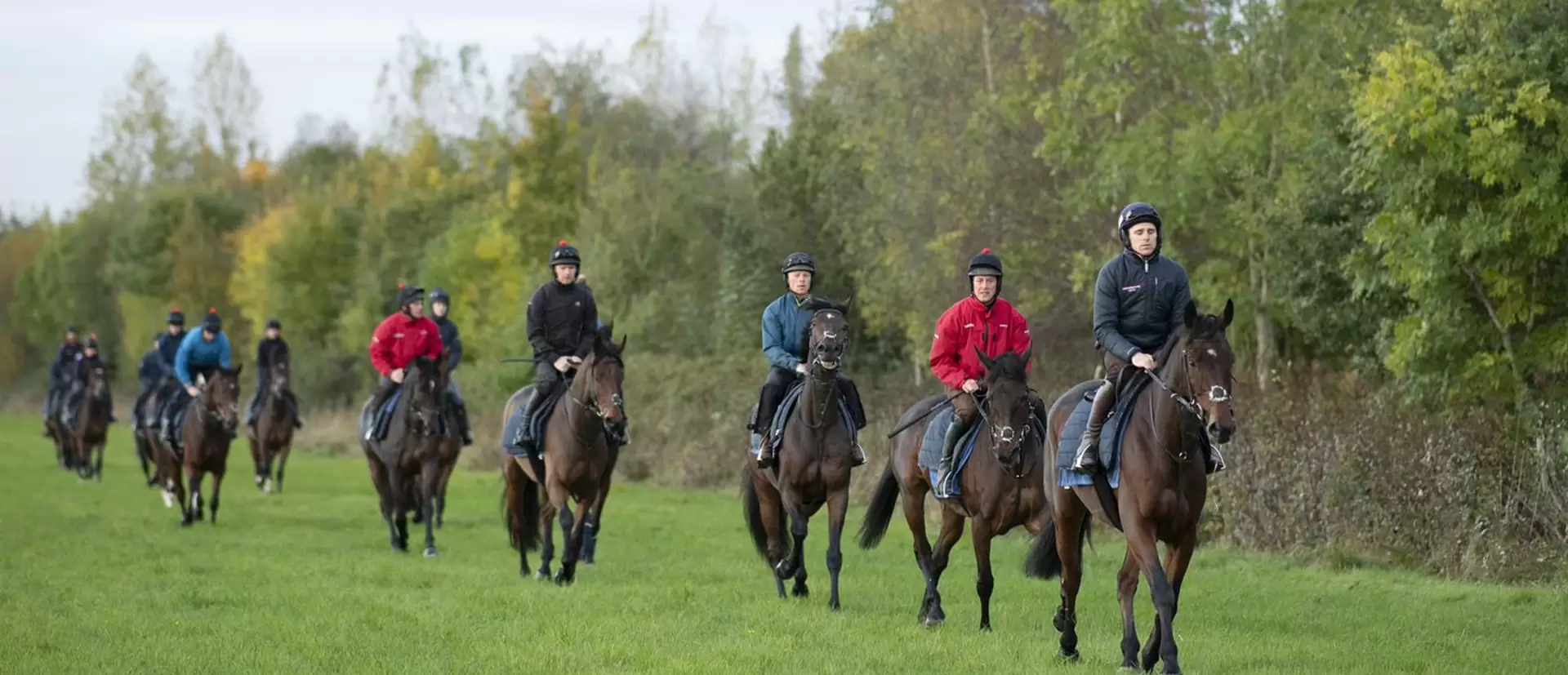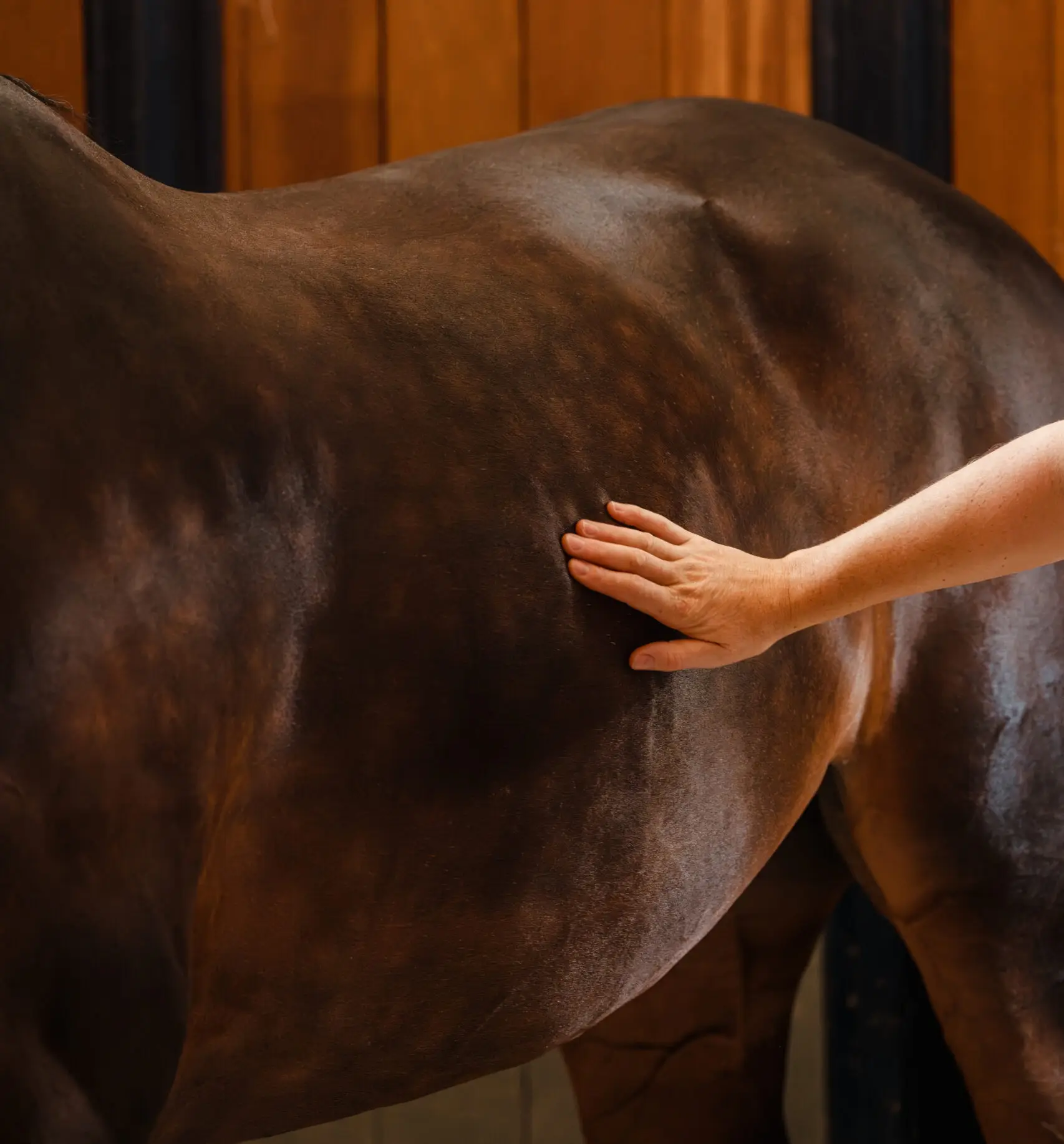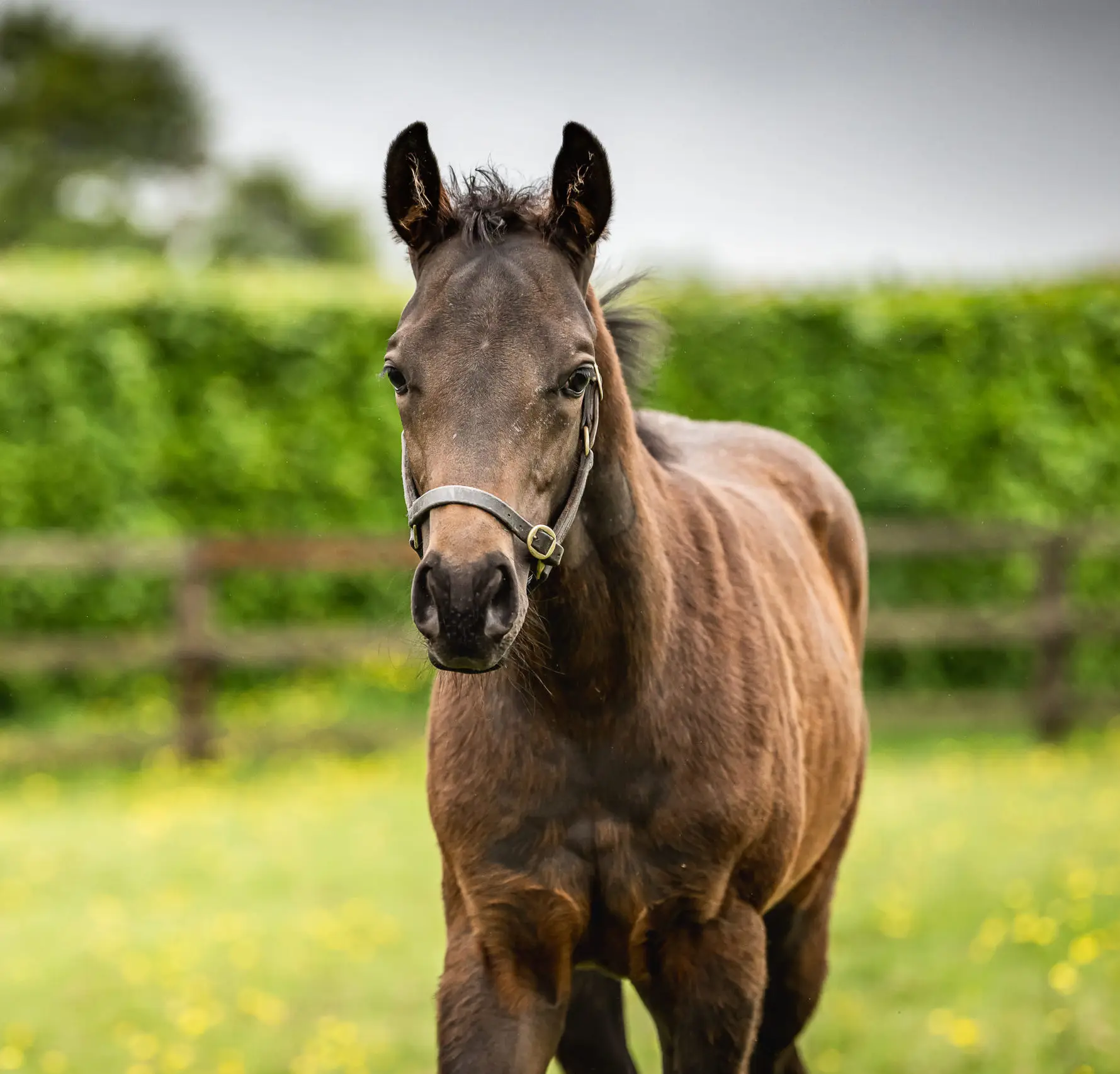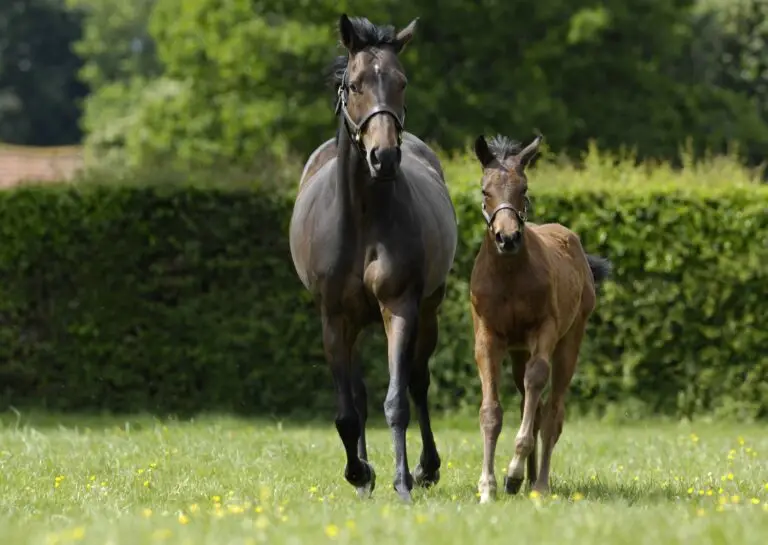
Exercise induced pulmonary haemorrhage is a condition of the lungs that can be found in horses undertaking high-intensity exercise. It is thought to affect up to 95% of racehorses, based on the detection of blood on endoscopy post-exercise.
What is exercise induced pulmonary haemorrhage (EIPH)?
EIPH, or “bleeding”, is bleeding that occurs in the lungs during exercise. In the majority of cases, EIPH is not apparent unless an endoscopic examination of the airways is performed following exercise. However, a small proportion of horses may show bleeding at the nostrils after exercise, which is known as epistaxis.
What are the signs of EIPH?
Poor athletic performance, stopping during exercise, frequent swallowing and coughing in the immediate post-exercise recovery period may indicate that a horse has experienced EIPH. Nose bleeds or sudden death during exercise may also be seen. Usually, for a definitive diagnosis, endoscopy is required with/without a tracheal wash. In cases where no blood is visible in the trachea, EIPH in the small airways may still have occurred and can be confirmed by a broncho-alveolar lavage (BAL), sometimes called a ‘lung wash’.
As the degree of haemorrhage varies between horses, it is useful to use a combination of these techniques to accurately diagnose EIPH, and establish the amount of bleeding within the lungs. There is a grading system from 0-4 to help determine the severity of cases.
What causes EIPH?
A variety of different causes of EIPH have been proposed. These include:
- High pulmonary vascular pressure
- Increased negative airway pressure
- Upper airway obstruction
- Mechanical trauma
- Lower airway obstruction
- Airway inflammation
Risk factors for EIPH:
- Higher intensity of exercise
- Racing rather than training
- Accumulated years spent racing
- Increased age
- Jump racing
- Males
- Ambient temperature of less than 20oC
- Hard ground
- Lower airway inflammation
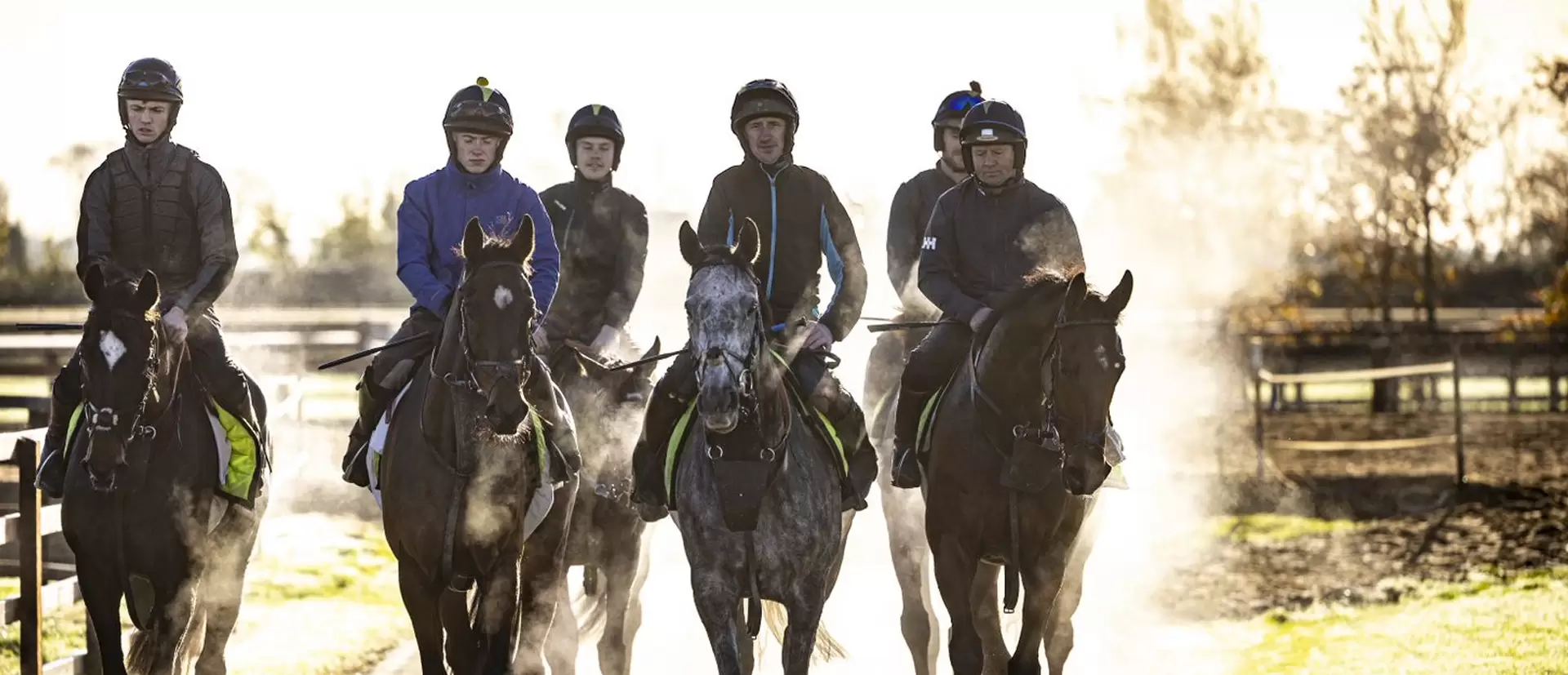
Can I manage EIPH?
EIPH is likely to be progressive, with repeated episodes leading to permanent changes in the lungs.
There is little evidence that supports the use of medications in cases of EIPH. Furosemide, a diuretic, has been used to manage the condition, but is not allowed under racing regulations in many regions.
Rest is important, as it allows the lung tissue to heal. Training and race schedules may need to be adapted to try and limit repeat episodes. Optimising the horse’s environment for healthy airways may also help, especially if there is evidence of lower airway inflammation (from BAL results). Exercise and conditioning programs should be developed towards building on a horse’s fitness gradually, focussing on stamina and strength before progressing to speed and intensity, and so enhancing capillary network and blood distribution.
Read more about lower airway disease
Nutritional supplements high in Vitamin C, Vitamin K, bioflavonoids and omega-3 fatty acids may help to support horses with EIPH.
- Vitamin C
- Important in collagen construction and maintenance of blood vessels
- Essential in the process of forming new red blood cells, wound healing, tissue repair and immune function
- Is a water-soluble vitamin, like the B complex group, and is rapidly absorbed & excreted, so supplementation may be recommended
- Vitamin K
- Important for the blood clotting process
- Bioflavonoids
- Closely linked to the functions of vitamin C
- Widely used to reduce bruising in humans, and have a valuable effect to maintain the strength and function of capillaries
- Help to potentiate the immune response
Zosfor is especially formulated for the high-performance equine athlete. It contains a powerful combination of natural antioxidants, along with Hesperidin (a bioflavonoid), Vitamin C and Vitamin K, for all-round respiratory support.
- Omega 3 fatty acids
- Supports healthy red blood cell and other body tissue production
- Supplementation may be needed because:
- they are the only forms of fat that the horse cannot synthesise in the body
- the process of making hay destroys most of the omega 3 fatty acids found in fresh grass
- cereals are relatively low in omega 3
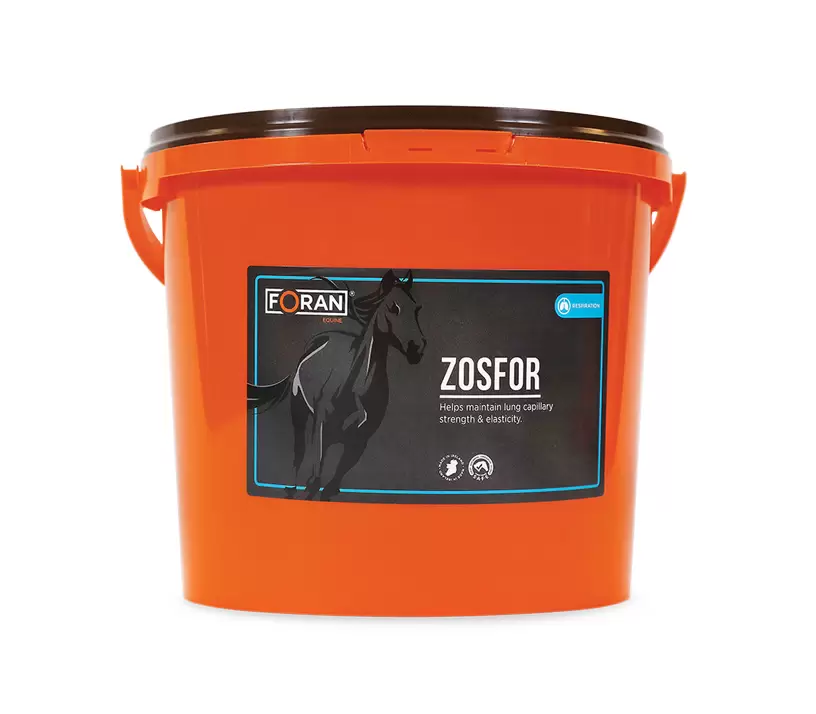
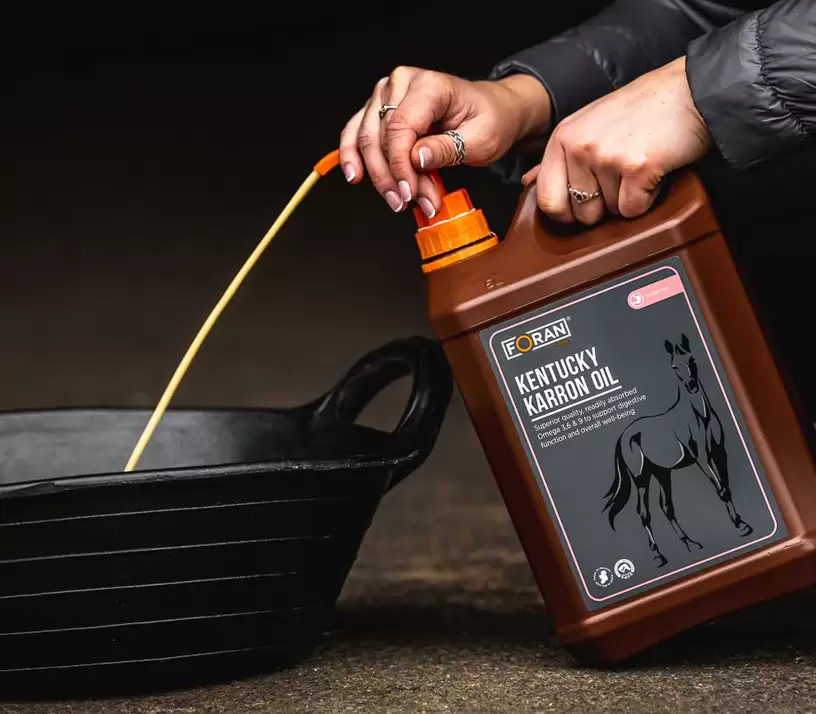
Kentucky Karron Oil provides superior quality and readily absorbable omega 3, 6 & 9, to support all-round health.
Get in touch with the Foran Equine Team for more information about using our products to support horses in training – we’ll be happy to help.
References:
1.McGilvray TA, Cardwell JM. Training related risk factors for exercise induced pulmonary haemorrhage in British National Hunt racehorses. Equine Vet J. 2022 Mar;54(2):283-289. doi: 10.1111/evj.13448. Epub 2021 May 9. PMID: 33843093.
2.Hinchcliff, Kenneth & Couetil, Laurent & Knight, Peter & Morley, Paul & Robinson, N.E. & Sweeney, C.R. & Van Erck, Emmanuelle. (2015). Exercise Induced Pulmonary Hemorrhage in Horses: American College of Veterinary Internal Medicine Consensus Statement. Journal of Veterinary Internal Medicine. 29. 10.1111/jvim.12593
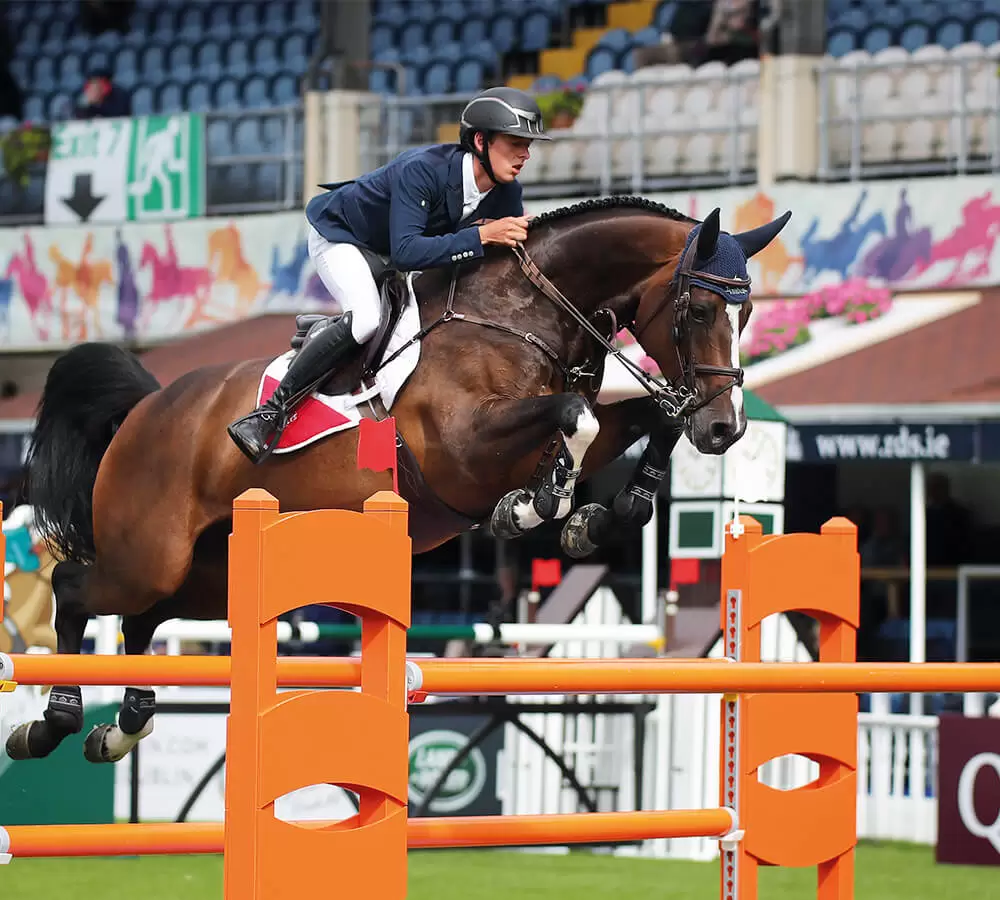





 E-Store
E-Store